Hamburg’s Maritime Heritage and Iconic Landmarks
Hamburg is renowned for its deep maritime history and stunning architectural landmarks. Known as the “Gateway to the World,” Hamburg’s port plays a central role in its identity. Its rich past as a global trading hub is visible through numerous attractions that reflect both its historical and modern contributions to culture.
Hamburg’s Maritime History: The Port of Hamburg
The Port of Hamburg is a vital part of the city’s economy and culture, earning the nickname “Gateway to the World” for its global significance. This bustling port has long been a hub for international trade, linking this City to ports across the globe. Tourists can explore the harbor through boat tours to learn about its historical role in shaping the city’s growth and maritime significance.
For a deeper dive, the International Maritime Museum offers exhibits about Hamburg’s historical role in shipping, naval exploration, and shipbuilding. The museum, housed in a historic warehouse, showcases artifacts from the city’s maritime past and is a must-visit for anyone interested in Hamburg’s legacy.
Elbphilharmonie: A Modern Architectural Marvel
The Elbphilharmonie is a symbol of Hamburg’s modern era, blending contemporary design with the city’s maritime roots. Situated on the banks of the Elbe River, its striking glass facade mimics the shape of a ship’s sail, reflecting the city’s maritime history while embracing modernity. The concert hall is home to world-class acoustics and offers an observation deck with panoramic views of the city and the harbor.
St. Michael’s Church: A Historic Landmark
St. Michael’s Church (or Michel) is one of Hamburg’s most iconic landmarks, originally completed in the 17th century. Known for its baroque design and towering spire, the church offers stunning views from its observation platform. The church’s history dates back to the city’s growth as a major port and serves as a reminder of Hamburg’s resilience through war and reconstruction. Its impressive interior is also worth exploring.
The Elbe Tunnel: A Feat of Engineering
The Elbe Tunnel, opened in 1911, is one of Hamburg’s most impressive engineering feats. This tunnel, which connects the northern and southern parts of the city, allows pedestrians and vehicles to pass beneath the Elbe River. It stands as a testament to Hamburg’s industrial growth in the early 20th century. Visitors can walk or cycle through the tunnel to see the preserved historic design.
Hamburg’s Unique Harbor Views
Another fascinating way to experience this City is through its panoramic harbor views. Visitors can take a stroll along the Landungsbrücken (Landing Bridges), a popular spot for sightseeing. From here, one can enjoy sweeping views of the port, including historic ships, ferryboats, and the bustling harbor itself. The HafenCity district also offers modern waterfront views, highlighting Hamburg’s blend of old and new.
Maritime Events and Festivals
Hamburg’s maritime heritage comes alive during special events such as the Hamburg Port Anniversary. This annual event celebrates the city’s long-standing maritime culture with ship parades, concerts, and exhibitions. Additionally, the Fischmarkt (Fish Market), held every Sunday morning, offers fresh seafood and a lively atmosphere that echoes Hamburg’s maritime identity.
A Blend of History and Modernity
This City offers a unique mix of maritime history and modern architecture. From the bustling Port of Hamburg and the historical International Maritime Museum to the cutting-edge Elbphilharmonie and the iconic St. Michael’s Church, the city invites visitors to explore both its rich past and vibrant present. These landmarks provide a deeper understanding of Hamburg’s cultural heritage and its transformation into a global hub of commerce, culture, and innovation. Whether visiting historic sites or enjoying panoramic views, this City promises an unforgettable experience that blends the old with the new.
Ava Tabatabaei


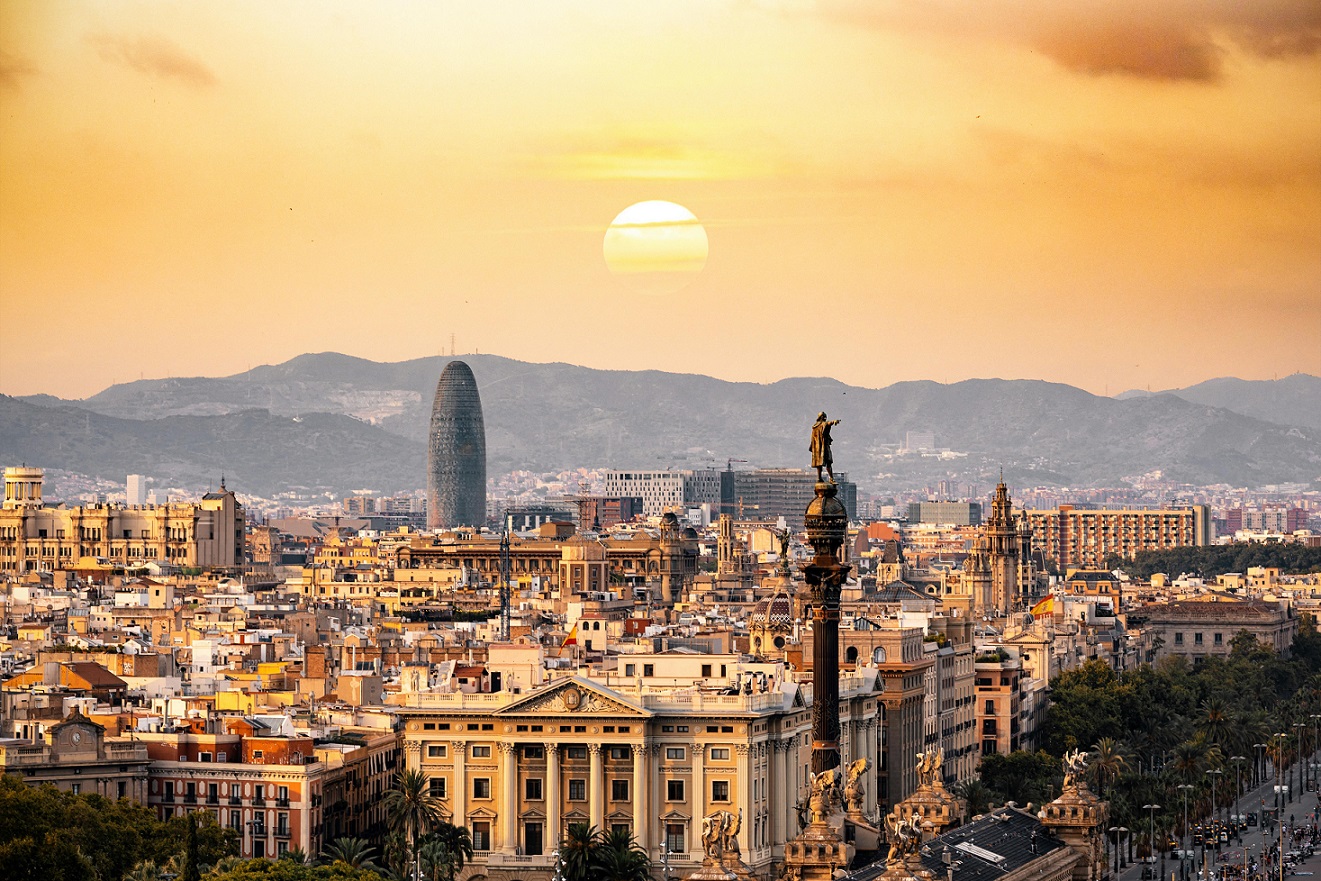
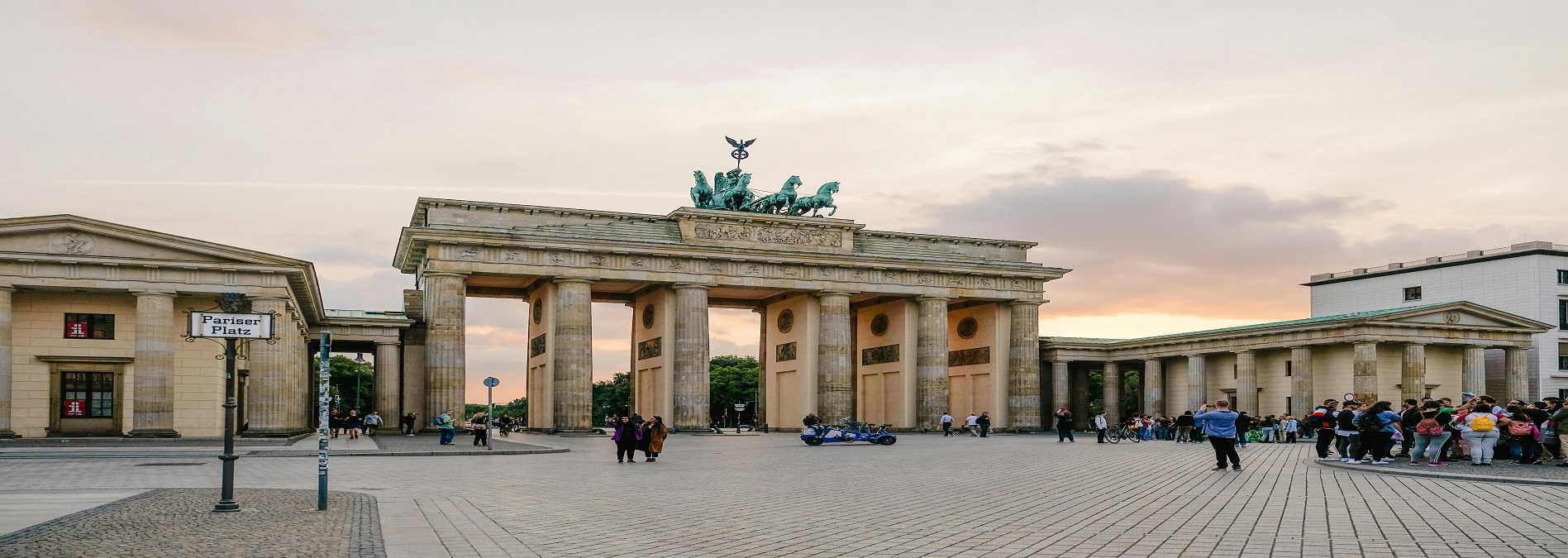
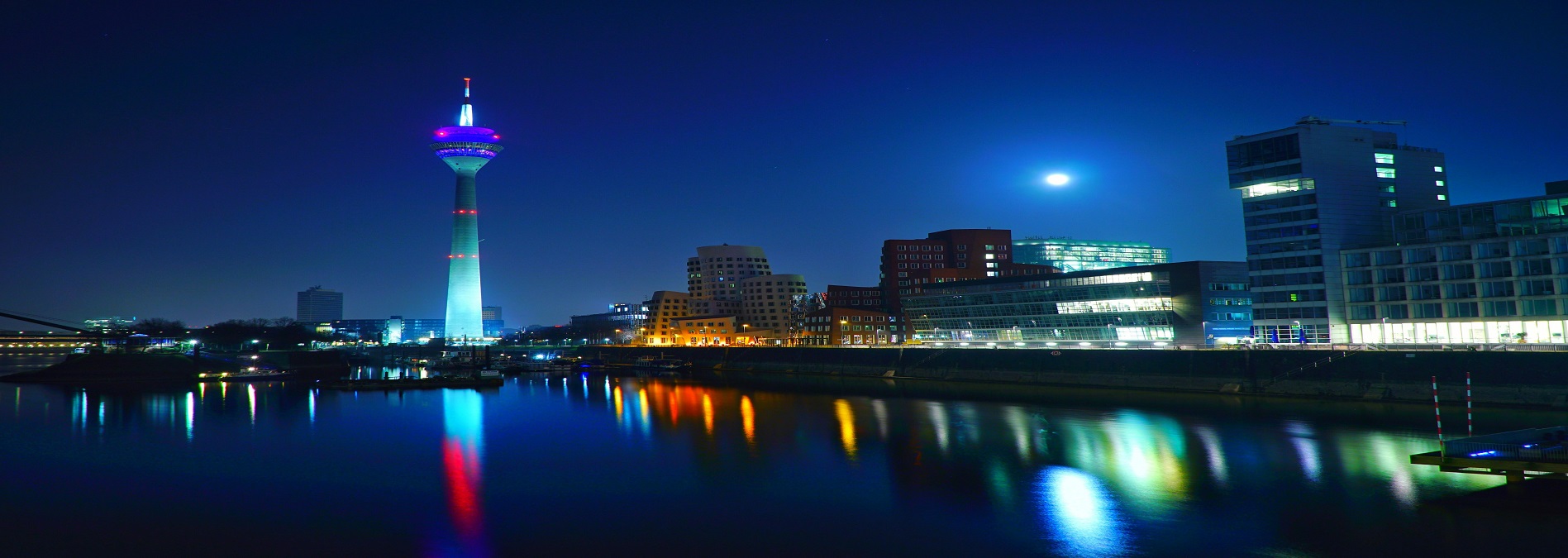
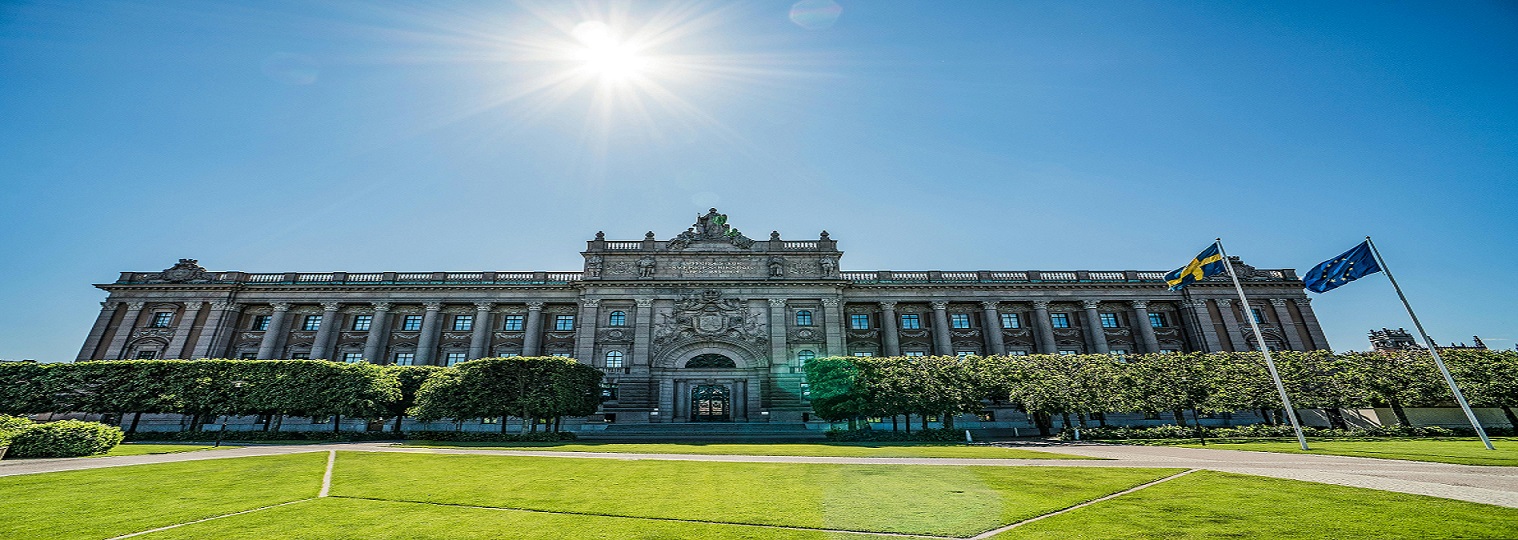

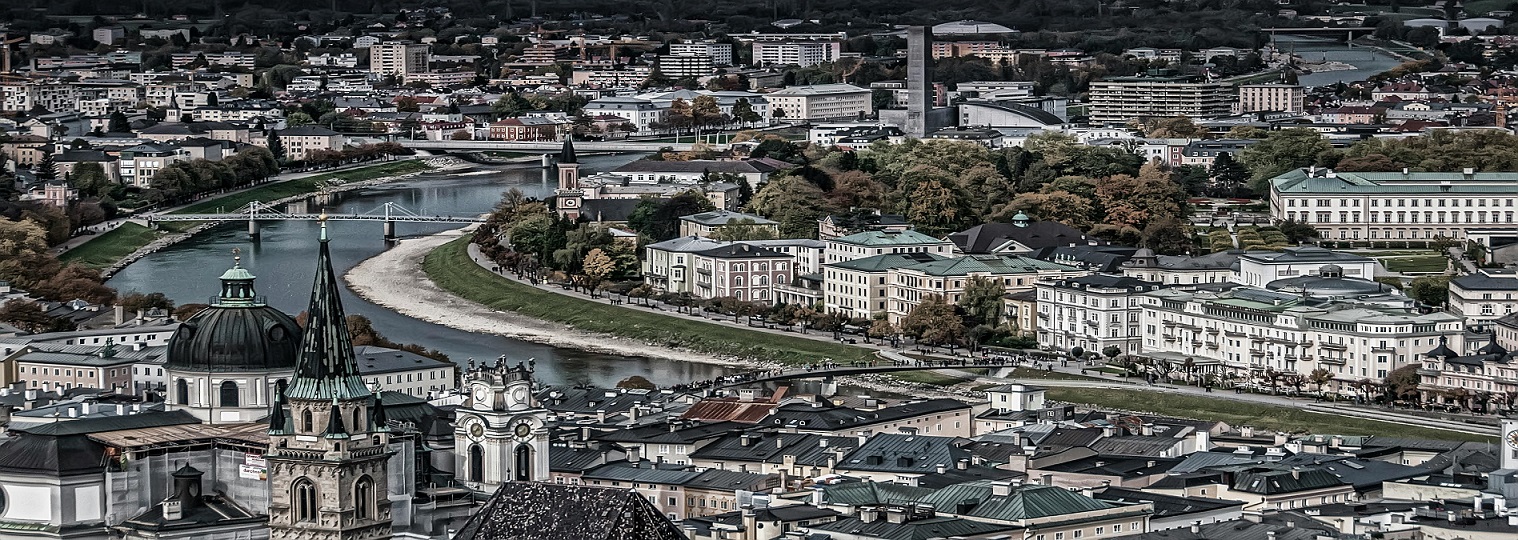

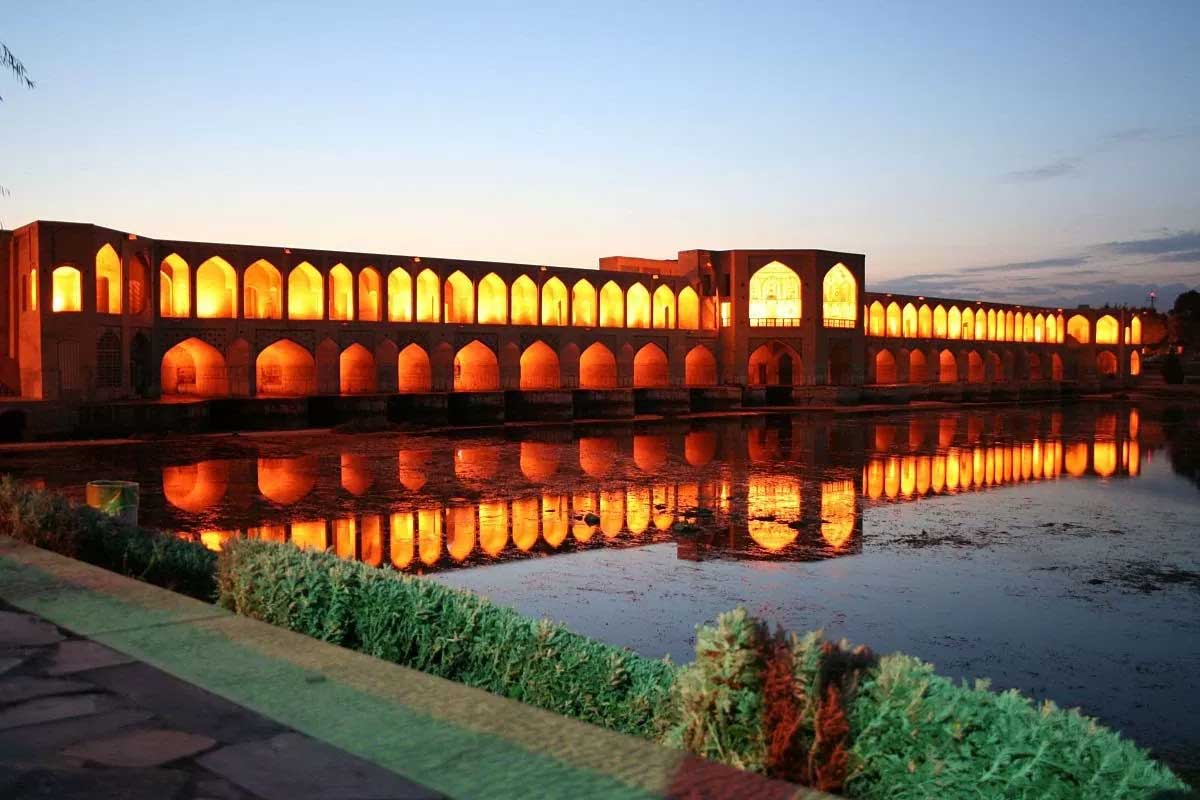



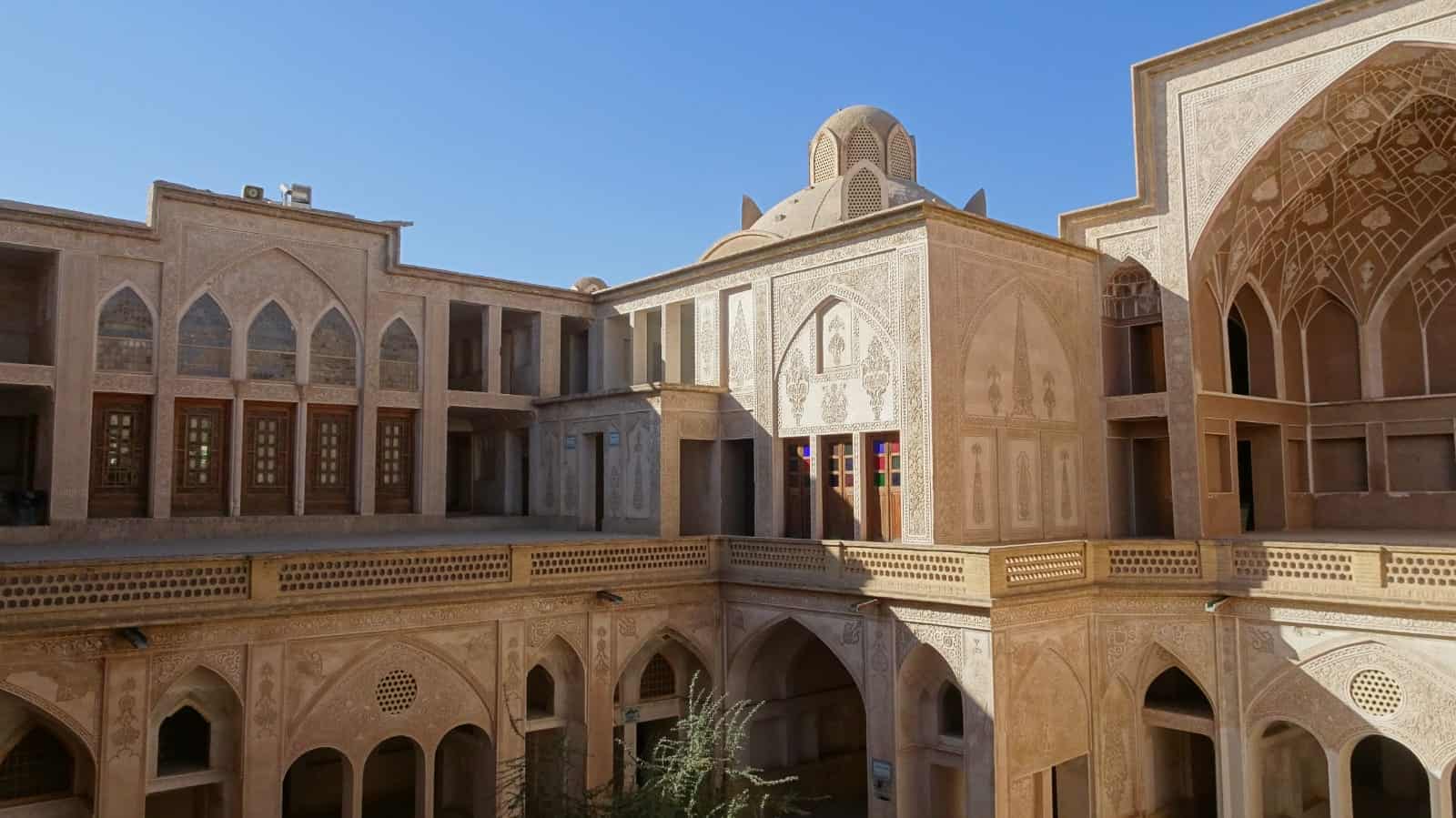
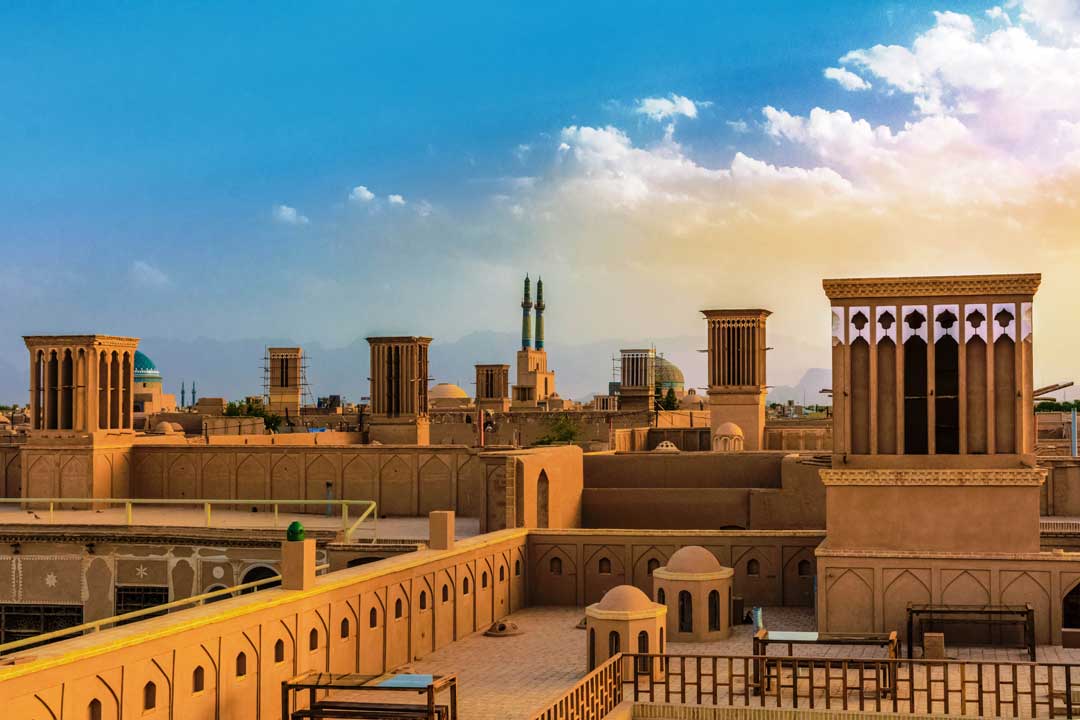

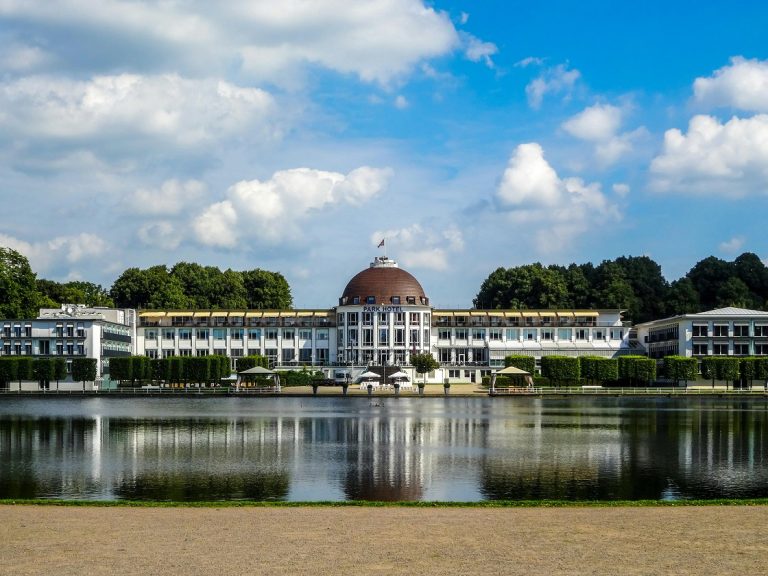

Leave a reply